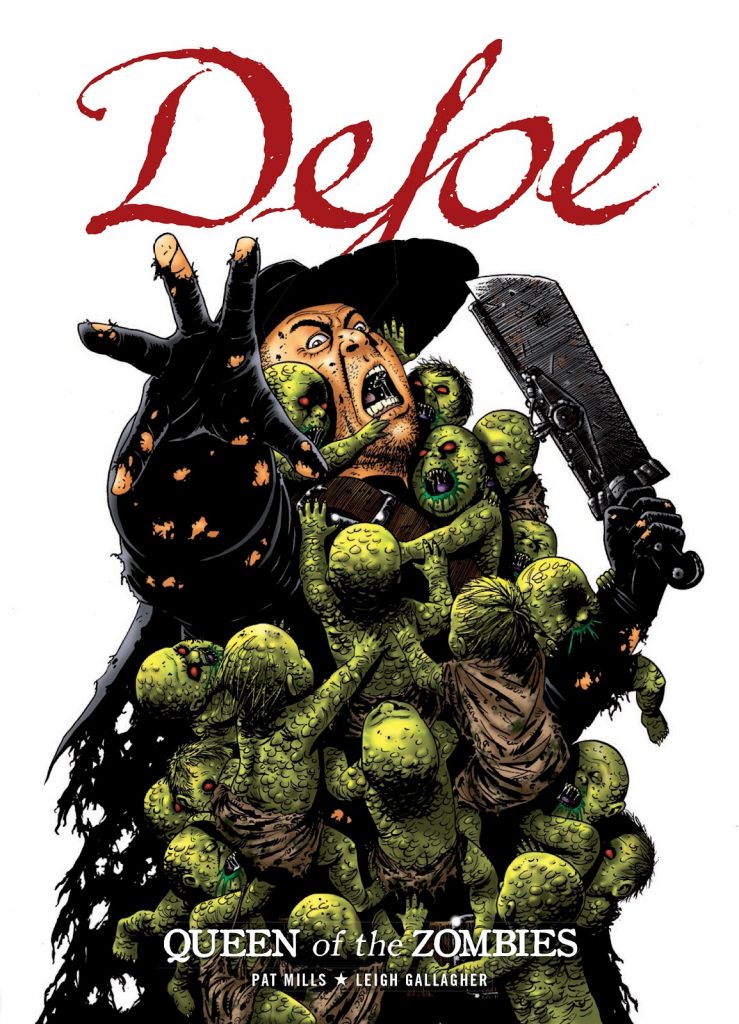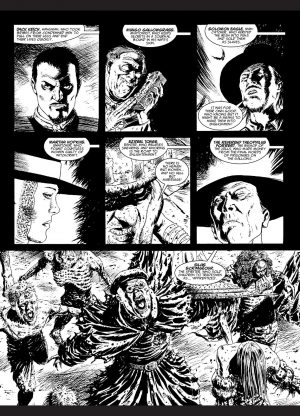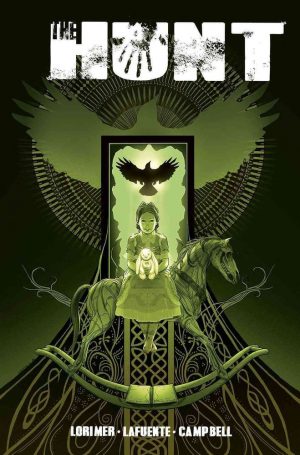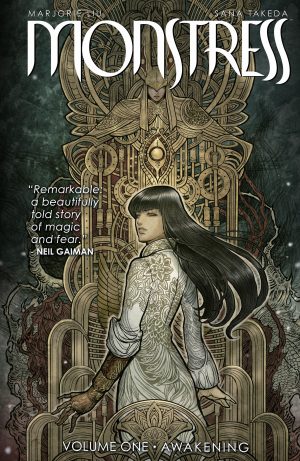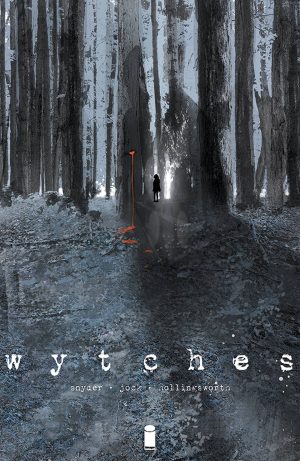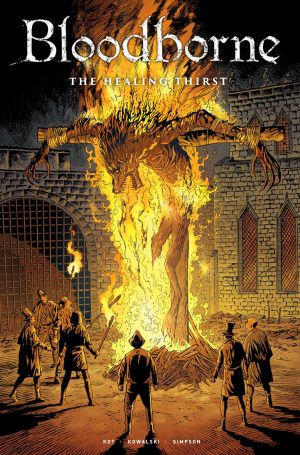Review by Frank Plowright
The alternative mid-17th century Britain presented by Pat Mills and Leigh Gallagher has a zombie infestation. It’s an era of superstition where religious leaders are not to be crossed. Luckily there are men and women brave enough to use the still primitive technology, although advanced for the era, and set about the zombies. Titus Defoe is the most prominent and others are noted on the sample art. It’s just as well because a new breed of more intelligent walking dead have emerged, and the Diabolonians are even more dangerous.
Defoe’s fellow hunters were introduced in 1666, and the opening slaughter reinforces them all, along with their relationship to known historical people. Mrs Hopkins, for instance, is the widow of notorious witch hunter Matthew Hopkins. However, Mills’ use of history goes further this time, the grievances of the Restoration era playing into the motivations of the hunter Tomazine who’s Irish and wants revenge for Oliver Cromwell’s massacres. Mills also establishes secrets among the hunters, the emergence of which causes tension later.
We can all be grateful for Mills having a sordid imagination from which assorted horrors spring forth, zombie babies the least of them, and Gallagher draws it all phenomenally well with a great eye for dynamism. Just as there’s a density to Mills’ plot, there’s a density to Gallagher’s art, supplemented by a tremendous work ethic and a need to see every panel filled with no shortcuts taken with the viewpoints being moved in too close. There’s detail on the costumes and the machinery, while his dark inking is reminiscent of Bryan Talbot’s days on Nemesis the Warlock, another Mills exploration of religious atrocity. Here he slips in what might seem inappropriate lines about beating children, yet that’s a belief that survived well into the 20th century.
In some ways Defoe is predictable. As soon as Mills introduces automata at a society party every reader surely knows they’ll malfunction and become a threat, but anticipating that is part of the joy, and it’s not as if Mills is lacking in originality overall. A second story offers new forms of flying zombie, an angel trapped mid-transformation and twisted Biblical prophecies for the same type of brutal action with sardonic overtones.
Sadly, despite the inventive and intelligent mix of history and horror, the Defoe collections haven’t proved bestsellers and four further long Defoe stories have never been collected.
